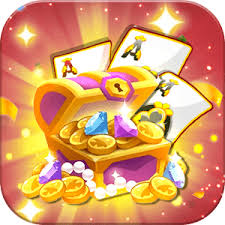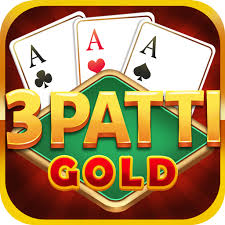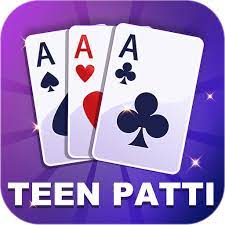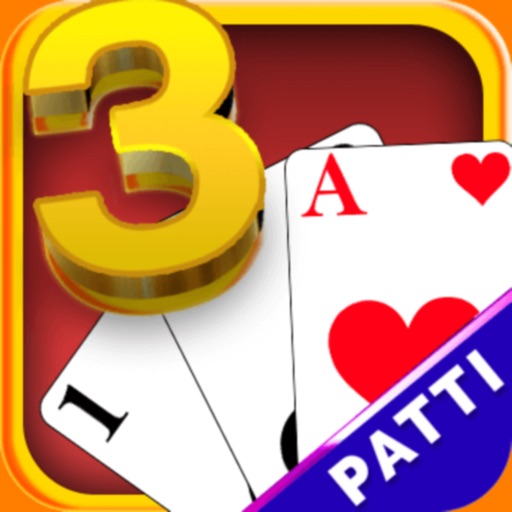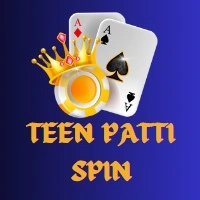Teen Patti Original Game: A Deep Dive into India’s Beloved Card Game
Teen Patti, translating to “three cards” in English, is a traditional Indian card game that has been cherished across generations. Often referred to as “Flush” or “Flash,” this game holds a significant place in South Asian culture, especially during festivals and social gatherings. Also Download Happy Teen Patti

Origins and Evolution
Teen Patti traces its roots to the British game of Three-Card Brag, which itself evolved from the 16th-century Spanish game Primero. Introduced to the Indian subcontinent during British colonial rule, Three-Card Brag underwent cultural assimilation, leading to the development of Teen Patti. Over time, it has incorporated elements from poker, resulting in a unique blend that resonates with Indian traditions.
Gameplay and Rules
The game is played with a standard 52-card deck, excluding jokers, and typically involves 3 to 6 players, though it can accommodate up to 10. The objective is to have the best three-card hand and maximize the pot before the showdown. The ranking of hands, from highest to lowest, is as follows:
1. Trail (Three of a Kind): Three cards of the same rank. The highest is three aces, and the lowest is three twos.
2. Pure Sequence (Straight Flush): Three consecutive cards of the same suit, such as A-K-Q of hearts.
3. Sequence (Straight): Three consecutive cards not all in the same suit, like 4 of hearts, 5 of clubs, and 6 of diamonds.
4. Color (Flush): Any three cards of the same suit, not in sequence.
5. Pair (Two of a Kind): Two cards of the same rank.
6. High Card: When no other hand is formed, the highest card held wins.
The game commences with players placing a predetermined bet, known as the “boot,” into the pot. Each player is then dealt three cards face down. Players have the option to play “blind” (without viewing their cards) or “seen” (after viewing their cards). Betting continues in a clockwise direction, with players choosing to fold, call, or raise the bet. The game progresses until all but one player have folded, or when a showdown is called to compare hands.
Cultural Significance
Teen Patti holds a special place during Indian festivals, particularly Diwali, where it’s customary for families and friends to engage in card games as a symbol of prosperity and goodwill. The game’s simplicity and the thrill of chance make it accessible and enjoyable for players of all ages, fostering social bonds and community spirit.
Variations of Teen Patti
Over the years, numerous variations of Teen Patti have emerged, adding unique twists to the traditional game. Some popular versions include:
Muflis (Lowball): The rankings of the card combinations are reversed; the lowest hand wins.
AK47: In this variant, all Aces, Kings, 4s, and 7s are considered wild cards.
Joker Hunt: Players can hunt for jokers to enhance their hands.
Teen Patti in the Digital Age
With technological advancements, Teen Patti has seamlessly transitioned into the digital realm. Numerous online platforms and mobile applications now offer Teen Patti, allowing enthusiasts to play anytime, anywhere. This digital shift has not only preserved the game’s traditional essence but also introduced it to a global audience, increasing its popularity beyond South Asia.
Conclusion
Teen Patti, with its rich history and cultural significance, continues to be a beloved card game in India and among the South Asian diaspora. Its evolution from traditional gatherings to online platforms showcases its enduring appeal and adaptability. Whether played casually among friends or in competitive online settings, Teen Patti remains a testament to the timeless allure of card games. Also Download Teen Patti Palace


